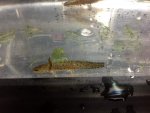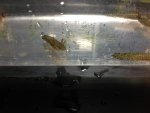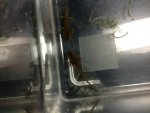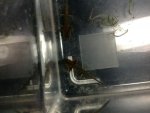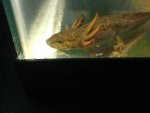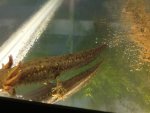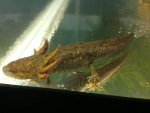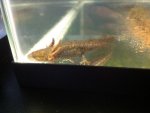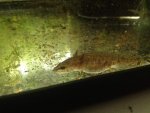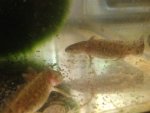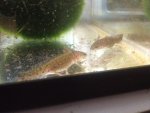frogman
Member
- Joined
- May 18, 2011
- Messages
- 912
- Reaction score
- 26
- Points
- 18
- Country
- United States
- Display Name
- Evan
Was at a nearby pond catching minnows and ended up pulling in 7 rough skinned newt larvae. They all have their arms and legs and full gills. I was wondering how I could keep them until they morph. And how big they are when the morph. Should I do bare bottom?

